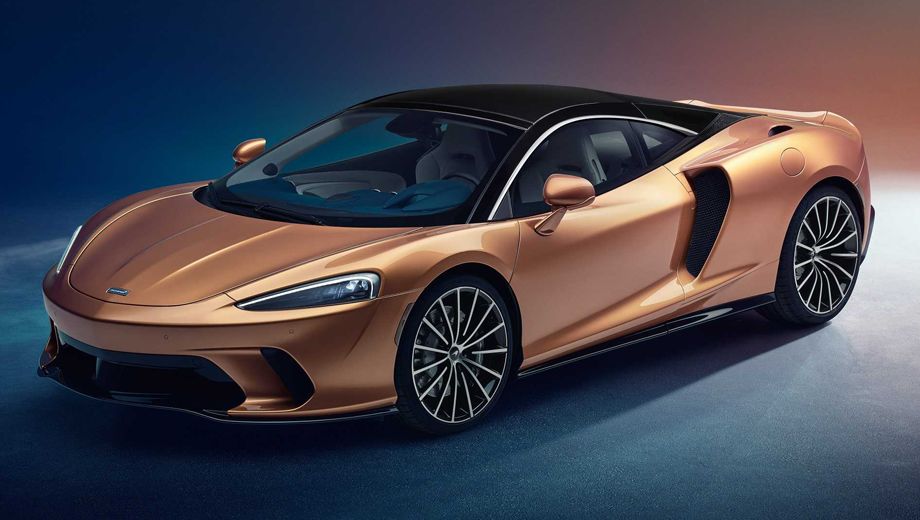McLaren's latest supercar puts comfort ahead of raw speed

Supercar maker McLaren Group's new GT model is aimed at customers looking for a more relaxed daily drive is as significant as moves by its main rivals into sport-utility vehicles.
The directional change establishes a new category for McLaren as it targets a 25 per cent jump in annual sales, trading raw speed for a greater degree of refinement and room for a set of golf clubs, Chief Financial Officer Paul Buddin said in an interview at the Goodwood Festival of Speed.
That contrasts with the 25 or so models previously built by McLaren, all of which have been as comfortable on the track as on the public highway.
While the McLaren GT (grand tourer) enters a crowded market that includes the Porsche 911, Aston Martin DB11 and Bentley Continental GT, the company reckons it’s a better bet than targeting an SUV sector far removed from its racing heritage.
“This is a car that’s going to appeal to people who want the luxury feel, the ease of driving and the storage,” Buddin said at the Goodwood event, where the GT was driven in public for the first time.
With its 4.0-litre engine located just behind the driver the car will stand apart from its GT rivals, Buddin said. And it still boasts supercar performance, streaking to 100 kilometres per hour in 3.2 seconds and topping out at 325km/h.
As McLaren focuses on a model capable of getting owners into work each day without feeling like they’ve competed at Le Mans, its rivals are learning to love the SUV. Models include the Porsche Cayenne and Macan, Bentley Bentayga, Lamborghini Urus, Rolls-Royce Cullinan and Aston Martin DBX. Even Ferrari NV has announced that it will join the trend with the Purosange, due to be available by 2022.
McLaren is likely to offer more GT variants after committing to launching 18 new cars by 2025, to reach 6000 annual sales. Costs are kept down by using the same carbon-fibre body and only two engines, with models differentiated by their design and technological tweaks.
The carmaker is committed to a 100 per cent hybrid line-up by 2025 and has begun researching an all-electric auto, despite concerns that clients might reject anything lacking the rumble of an internal combustion engine.
“We haven’t dismissed it,” Buddin said. “But we have to consider how the driving experience is changed by taking away the noise and vibration.”
Buddin said an upturn in the fortunes of the McLaren Formula 1 race team would probably boost sales, though since the launch of the road-car business in 2010, buyers have become more focused on technology than track success.








28 Nov 2017
Total posts 4
The car looks lovely. It is a shame they struggle so much with their F1 persuits!
Hi Guest, join in the discussion on McLaren's latest supercar puts comfort ahead of raw speed